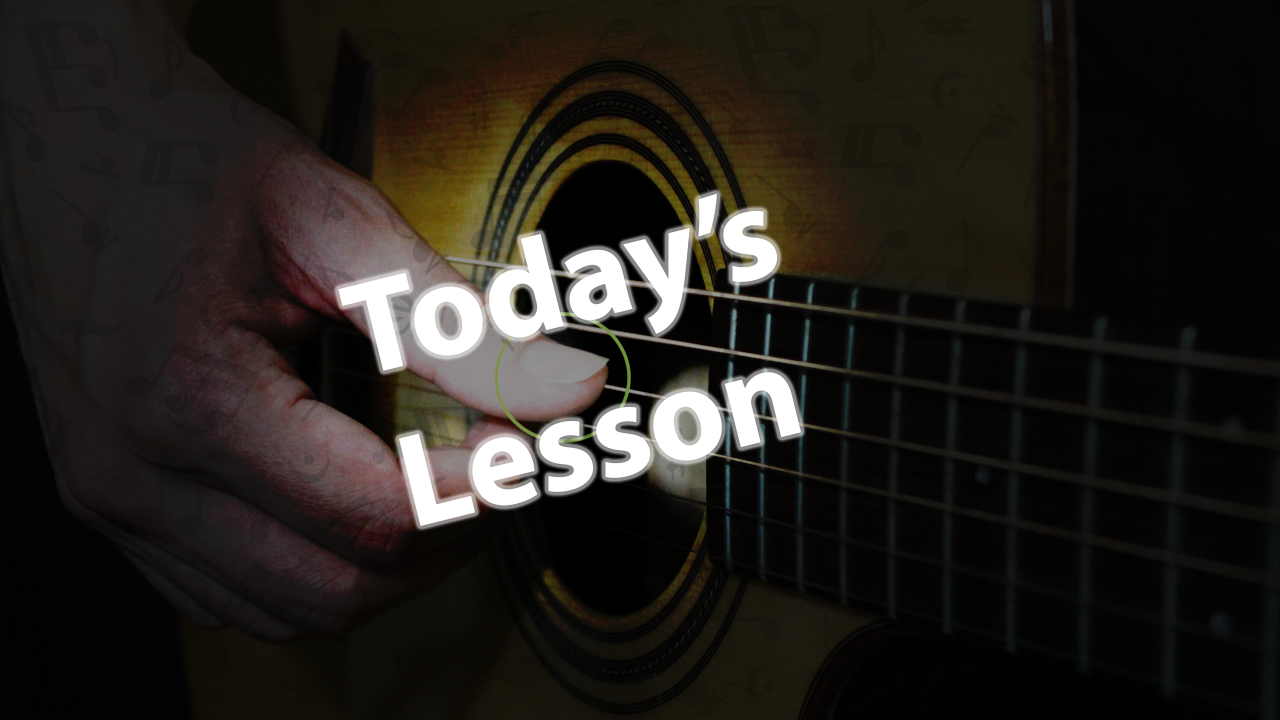Introduction
Fingerstyle guitar playing is a technique that involves plucking the strings with your fingers instead of using a pick. This style of playing can add depth, complexity, and emotion to your songwriting. By incorporating fingerstyle techniques into your compositions, you can create unique and captivating music that will stand out from the crowd.
Choosing the Right Fingerstyle Patterns
One of the first steps in using fingerstyle guitar to enhance your compositions is choosing the right fingerstyle patterns. There are countless patterns to choose from, each creating a different mood and feel. Experiment with different patterns to find the one that best complements the melody and lyrics of your song.
Adding Texture and Dynamics
One of the benefits of fingerstyle guitar playing is the ability to add texture and dynamics to your music. By using a combination of fingerpicking, strumming, and percussive techniques, you can create a rich and dynamic sound that will captivate your listeners. Experiment with different techniques to find the ones that best enhance the mood and message of your song.
Enhancing Melodies and Chord Progressions
Fingerstyle guitar playing can also be used to enhance melodies and chord progressions in your compositions. By incorporating arpeggios, harmonics, and other embellishments, you can add depth and complexity to your music. Experiment with different techniques to find the ones that best complement the melody and chord progressions of your song.
Creating Rhythmic Interest
Another benefit of fingerstyle guitar playing is the ability to create rhythmic interest in your compositions. By using a combination of fingerpicking patterns, percussive techniques, and syncopation, you can add energy and excitement to your music. Experiment with different rhythmic patterns to find the ones that best enhance the rhythm and groove of your song.
Conclusion
Fingerstyle guitar playing is a versatile and expressive technique that can greatly enhance your songwriting. By choosing the right fingerstyle patterns, adding texture and dynamics, enhancing melodies and chord progressions, and creating rhythmic interest, you can create music that is unique, captivating, and memorable. Experiment with different techniques and patterns to find the ones that best complement your style and voice as a songwriter.


0 Comments